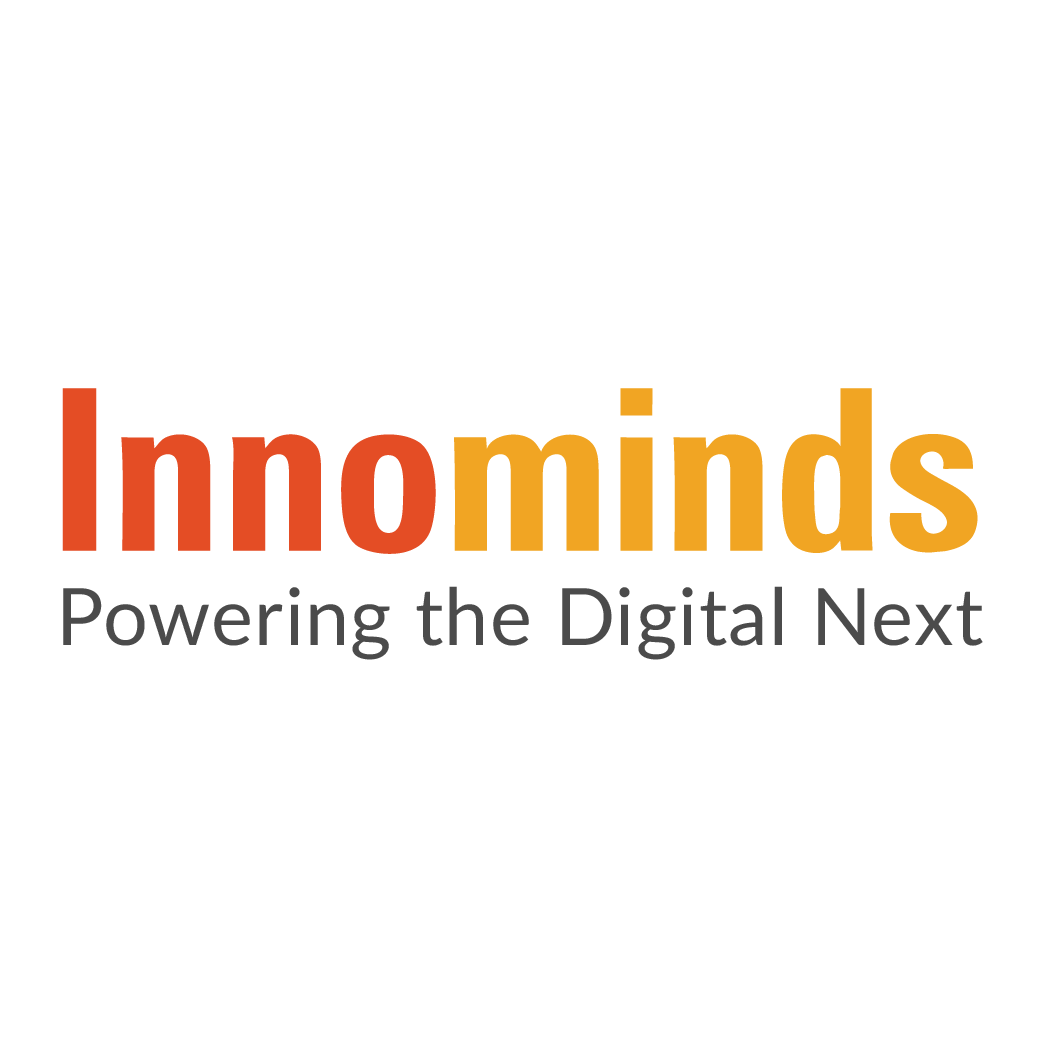
The construction industry faces persistent inefficiencies, rising costs, and unpredictable delays. Traditional project management often relies on fragmented communication, manual tracking, and static scheduling, leading to project bottlenecks that impact timelines and budgets. With the adoption of AI, automation, and cloud-driven solutions, construction firms can streamline operations, enhance collaboration, and mitigate risks in real time.
By integrating AI-powered scheduling, IoT-enabled site monitoring, and Virtual Construction Management (VCM), companies are moving toward a digital-first approach. This shift enables data-driven decision-making, ensuring projects stay on track while reducing waste and improving overall efficiency.
Key Benefits of AI and Digital Construction
Eliminating Inefficiencies and Reducing Delays
Construction delays are a major challenge, often caused by miscommunication, poor resource management, and unforeseen disruptions. Studies indicate that inefficiencies in material handling, labor allocation, and workflow coordination account for nearly 30% of total project costs.
AI-driven risk detection, real-time project tracking, and automated scheduling empower managers to predict potential roadblocks before they escalate, keeping projects on schedule. For instance, a European construction tools company that implemented Innominds’ digital tracking solution saw a 60% increase in tool utilization and saved 90 hours per month through automated maintenance reminders—preventing costly delays.
Enhancing Collaboration and Communication
Construction projects involve multiple stakeholders, including architects, engineers, contractors, and suppliers. Disjointed communication and outdated documentation lead to errors and delays.
Cloud-based collaboration platforms centralize project data, ensuring all stakeholders have real-time access to updates, minimizing miscommunication, and enabling faster decision-making. For instance, a global construction tools manufacturer that integrated Innominds’ SaaS-based tracking solution significantly improved team coordination, reduced project execution time, and eliminated costly rework.
Optimizing Resource Allocation and Cost Management
Poor resource management results in budget overruns, labor shortages, and material wastage. Many construction firms lack real-time visibility into resource consumption, leading to inefficiencies.
AI-powered analytics forecast labor, material, and equipment needs based on historical trends and real-time project data, allowing firms to optimize procurement and minimize waste. For instance, a leading construction firm leveraging predictive analytics reduced material over-ordering by 20%, saving $5 million annually. This demonstrates how AI-driven insights directly impact cost efficiency.
Improving Safety and Risk Mitigation
Construction remains one of the most hazardous industries, with over 20% of workplace fatalities occurring on-site. Traditional safety measures are often reactive rather than proactive. AI-driven safety monitoring, IoT-enabled wearables, and real-time hazard detection ensure that risks are identified and mitigated before accidents happen.
For instance, a construction company using Innominds’ AI-powered ANPR solution strengthened site security by preventing unauthorized access, while firms adopting IoT-powered safety monitoring reported a 30% decrease in workplace accidents—reinforcing AI’s role in creating safer job sites.
Boosting Productivity with AI and Automation
Productivity in the construction sector has grown by only 1% annually over the past two decades, largely due to reliance on manual processes and labor shortages. AI-driven project management tools optimize scheduling, automate workflows, and allocate resources efficiently, reducing downtime and maximizing output.
Drones provide real-time aerial insights for site inspections, while robotic automation accelerates material transport, bricklaying, and excavation. For instance, a global construction firm implementing AI-driven tool tracking saw a significant boost in productivity by minimizing lost equipment and optimizing asset utilization, ensuring smoother project execution.
Enabling Data-Driven Decision-Making
Construction projects generate massive amounts of data, yet many firms fail to harness it effectively. Without structured analytics, organizations struggle with inaccurate forecasting and inefficient resource planning.
AI-powered analytics transform raw data into actionable insights, offering real-time visibility into project performance, resource consumption, and operational risks. For instance, a construction tools company using Innominds' SaaS-based asset tracking leveraged AI-driven insights to improve predictive maintenance, extending the lifespan of tools and reducing operational disruptions.
Virtual Construction Management (VCM): A Digital-First Approach
As construction projects become larger and more complex, traditional project management struggles to keep up with shifting site conditions, resource fluctuations, and evolving risks. Virtual Construction Management (VCM) provides a centralized, AI-powered approach to project oversight, integrating cloud collaboration, real-time data analytics, and digital twins to bridge the gap between physical and digital workflows.
The Business Impact of VCM and AI-Driven Construction
Real-Time Project Tracking for Smarter Execution
Construction delays often stem from unforeseen risks, environmental conditions, and miscommunication between teams. By implementing AI-powered IoT sensors and real-time analytics, firms can identify potential disruptions early and take proactive measures. For instance, a European tunnel construction project utilizing AI-powered IoT sensors reduced project overruns by 18% through automated risk detection and proactive issue resolution.
AI-Powered Scheduling for Faster Completion
Unpredictable factors such as labor shortages, supply chain delays, and weather disruptions can throw project timelines off track. By using AI-driven scheduling tools, construction firms can forecast delays, reallocate resources dynamically, and ensure seamless project progression. For instance, a U.S. hospital construction project leveraged AI-driven scheduling to anticipate delays caused by supply chain disruptions. By optimizing labor and material logistics, the project was completed three months ahead of schedule.
Cost Efficiency Through AI-Optimized Procurement
Unoptimized procurement leads to material wastage, budget overruns, and inefficient inventory management. AI-powered procurement systems analyze project demands in real time, ensuring firms only order what is necessary, reducing surplus costs and environmental waste. For instance, a leading construction firm using AI-driven procurement analytics reduced material over-ordering by 20%, saving $5 million annually, while cutting down unnecessary inventory storage costs.
Enhanced Safety and Compliance with AI-Powered Monitoring
Ensuring worker safety is a top priority in construction, yet human error and equipment failures continue to pose risks. AI-powered monitoring tracks worker movements, identifies hazards, and automates safety compliance checks to minimize risks. For instance, large construction firm deploying IoT-powered sensors and AI-driven safety monitoring reduced workplace accidents by 30%, improving worker safety and ensuring compliance with industry regulations.
Conclusion
As the construction industry evolves, adopting AI-powered solutions is essential. Virtual Construction Management (VCM) and AI-driven automation empower firms to enhance efficiency, improve collaboration, mitigate risks, and reduce costs.
Innominds is at the forefront of this transformation, helping businesses leverage AI-powered solutions to revolutionize project management. Connect with us to explore how our expertise can drive your construction projects forward.



